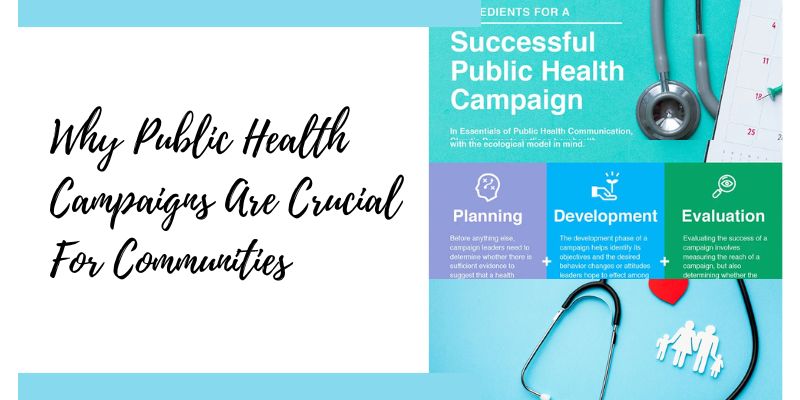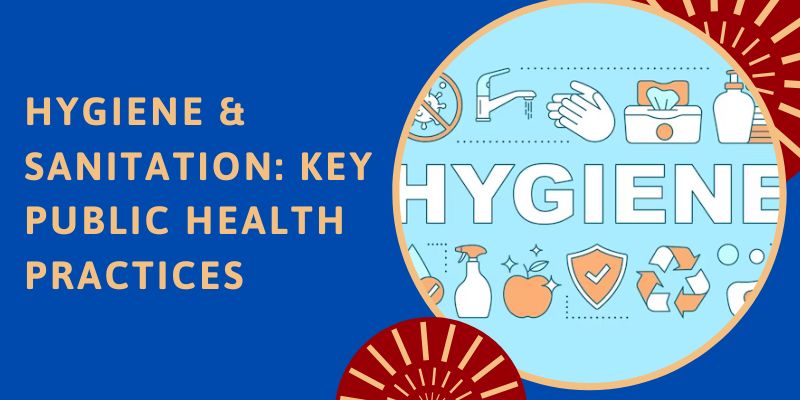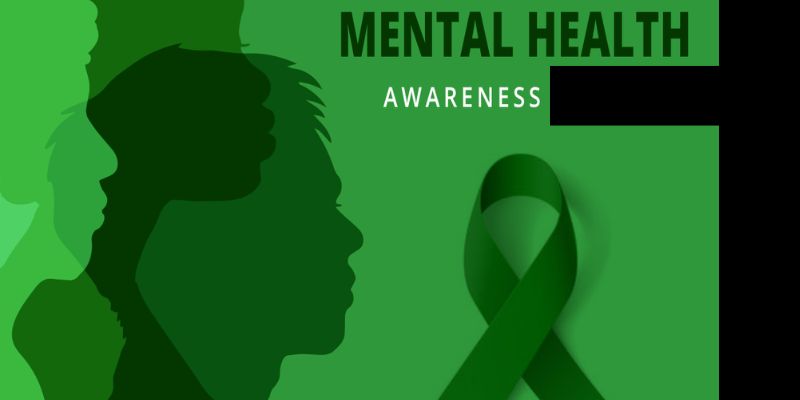Public health campaigns are essential initiatives designed to improve the health and well-being of populations. These campaigns aim to raise awareness about health issues, promote healthy behaviors, and prevent diseases. By addressing various health concerns, public health campaigns play a vital role in enhancing the quality of life and extending life expectancy.
Tracing the Evolution of Public Health Campaigns
Public health campaigns have a long history of impactful efforts. One of the earliest and most notable campaigns was the smallpox vaccination campaign in the early 19th century. Public health authorities promoted smallpox vaccination to control and eventually eliminate the disease, which was a significant public health threat. By the late 20th century, global vaccination efforts had eradicated smallpox, marking a monumental success in public health history.
Another historical campaign, The Great Sanitary Awakening in the 19th century, focused on improving sanitation and hygiene practices. This movement led to the implementation of public health initiatives such as clean water supply, sewage systems, and waste management, dramatically reducing the incidence of infectious diseases like cholera and typhoid fever.
More recent public health campaigns have tackled various health issues, including the global response to the HIV/AIDS epidemic, which began in the 1980s. Governments and organizations worldwide have worked tirelessly to raise awareness, educate the public, and provide essential resources to combat the spread of HIV/AIDS.
Successful Public Health Campaigns: Notable Examples
- Anti-Smoking Campaigns: These campaigns have successfully reduced smoking rates by educating people about the dangers of smoking and providing resources to help quit. The “Truth” campaign, launched in the United States, used bold and relatable messaging targeting youth, significantly reducing smoking rates among teenagers.
- Immunization Campaigns: Vaccination campaigns have been crucial in preventing the spread of infectious diseases, such as measles, polio, and influenza. The global polio eradication initiative has nearly wiped out the disease, thanks to coordinated immunization efforts worldwide.
- Nutrition and Physical Activity Campaigns: These promote healthy eating habits and regular exercise, aiming to reduce obesity and related health conditions. The “Let’s Move!” campaign, launched by former First Lady Michelle Obama, encouraged physical activity and healthy eating among children, aiming to reduce childhood obesity.
- Mental Health Awareness Campaigns: These campaigns work to destigmatize mental health issues, encouraging individuals to seek help and support. World Mental Health Day, observed on October 10th, raises awareness about mental health issues and mobilizes efforts to support mental health globally.
- HIV/AIDS Prevention Campaigns: Focused on informing people about safe practices to prevent the transmission of HIV/AIDS, these campaigns have been instrumental in reducing infection rates. World AIDS Day, observed on December 1st, raises awareness about HIV/AIDS, promotes testing, and supports those living with the virus.
Proven Approaches for Successful Public Health Campaigns
- Targeted Messaging: Effective campaigns tailor messages to specific audiences, considering cultural, social, and economic factors. For instance, anti-smoking campaigns targeting youth use relatable messaging and visuals that resonate with younger audiences.
- Use of Media: Utilizing various media platforms, including social media, television, and print, helps reach a wider audience and disseminate information quickly. Social media, in particular, allows for interactive and engaging content that can be shared widely.
- Community Engagement: Involving community leaders and members fosters trust and ensures the campaign’s relevance and effectiveness. Engaging with communities helps address local health issues and develops culturally appropriate solutions.
- Education and Resources: Providing educational materials and resources empowers individuals to make informed health decisions. Offering resources such as pamphlets, workshops, and online tools helps individuals understand health risks and how to mitigate them.
- Partnerships: Collaborating with organizations, governments, and private sectors can amplify the campaign’s impact and reach. Public-private partnerships bring together diverse expertise and resources, enhancing the overall effectiveness of the campaign.
Common Challenges in Public Health Initiatives
- Misinformation: The spread of false information can undermine the efforts of public health campaigns, leading to confusion and mistrust. Social media platforms can inadvertently amplify misinformation, making it essential for campaigns to provide accurate and reliable information.
- Funding: Securing adequate funding is often a significant challenge, limiting the scope and reach of campaigns. Limited financial resources can affect the development, implementation, and sustainability of public health initiatives.
- Cultural Barriers: Differences in cultural beliefs and practices can hinder the acceptance and success of health campaigns. Understanding and respecting cultural nuances is critical for developing effective and culturally sensitive public health campaigns.
- Access to Healthcare: Ensuring that individuals have access to necessary healthcare services and support is crucial for the effectiveness of public health campaigns. Barriers such as cost, location, and availability of services can limit the impact of these campaigns.
- Behavioral Change: Encouraging lasting behavioral change can be difficult, requiring sustained effort and engagement. Behavior modification often involves addressing underlying factors such as social norms, habits, and psychological barriers.
How Technology Enhances Public Health Campaigns
Technology has transformed the execution of public health campaigns. Social media platforms enable campaigns to reach millions of people quickly and efficiently, allowing for real-time engagement and feedback. Mobile health applications provide individuals with access to health information and resources at their fingertips, supporting self-care and informed decision-making.
Data analytics play a crucial role in monitoring the progress and impact of campaigns. By analyzing data, public health officials can identify trends, measure campaign effectiveness, and make data-driven decisions to improve outcomes. Virtual reality (VR) and augmented reality (AR) technologies offer immersive educational experiences, making health information more engaging and accessible.
Inspiring Public Health Campaign Success Stories
- The Truth Campaign: An anti-smoking campaign targeting youth in the United States, it has significantly reduced smoking rates among teens by using bold and relatable messaging.
- Polio Vaccination Campaign: The global polio eradication initiative has nearly wiped out the disease, thanks to coordinated immunization efforts worldwide.
- “Let’s Move!” Campaign: Launched by former First Lady Michelle Obama, this campaign encouraged physical activity and healthy eating among children, aiming to reduce childhood obesity.
- World AIDS Day: An annual event that raises awareness about HIV/AIDS, promotes testing, and supports those living with the virus.
- Clean Water Campaigns: Efforts to provide safe drinking water in developing countries have dramatically reduced waterborne diseases and improved public health.
Conclusion
Public health campaigns are indispensable tools for promoting health and preventing disease. By leveraging targeted messaging, media, community engagement, education, and partnerships, these campaigns can effectively address various health issues and improve the well-being of populations.


